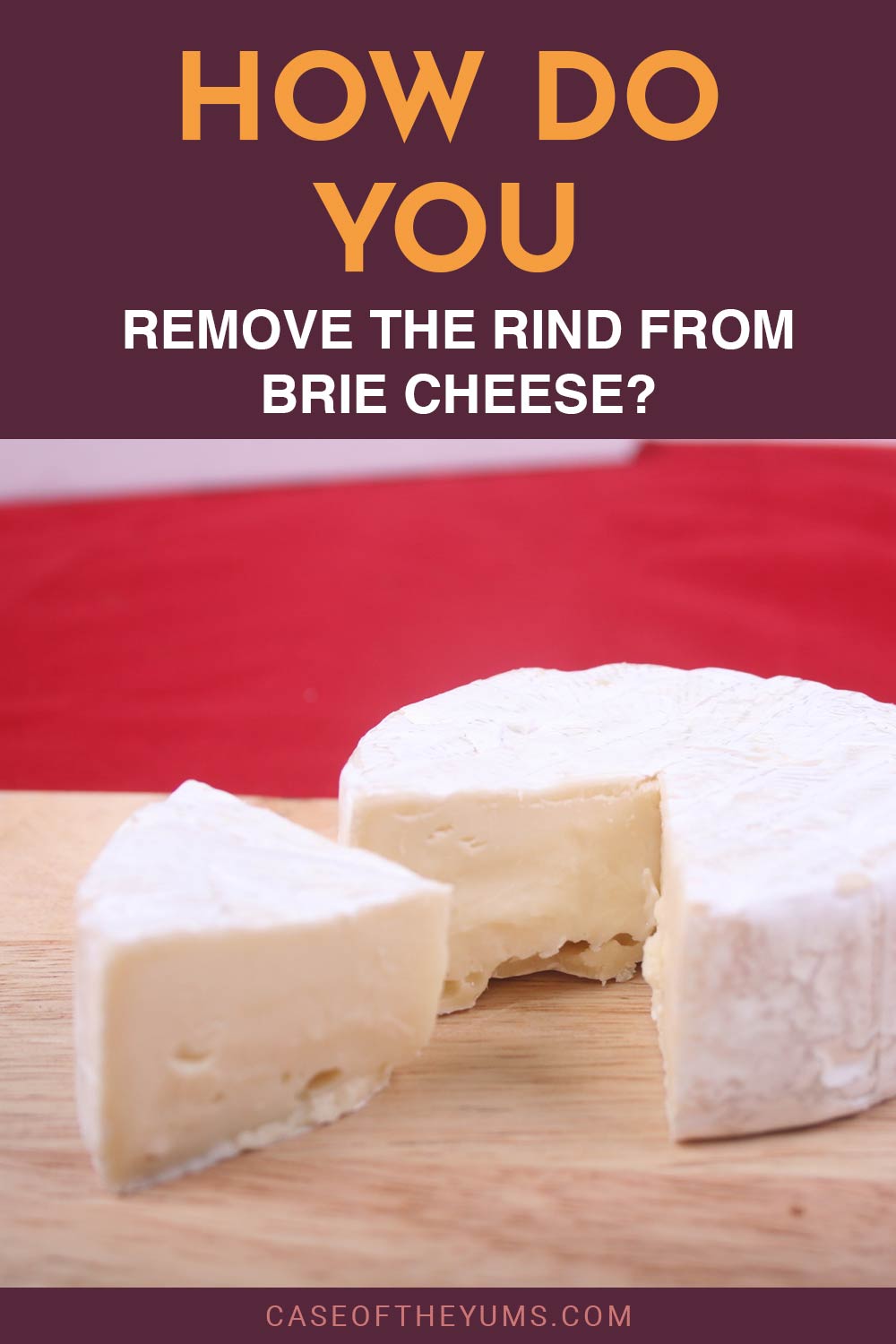How do You Remove the Rind from Brie Cheese?
We may earn commissions for purchases made through links on our site. Learn more on our about us page.
For those that are wondering what a rind is, it will be that kind of bread crust on the outside of a creamy cheese meant to keep the softer portions inside contained and protected to a degree.
In this article, we will explore three different methods in which to use that will be effective in removing the rind from the outside of the creamy brie cheese.
The First will be to wrap the wheel or ball in plastic food wrap, the second begins with using a potato peeler, and the last will be the simpler, possibly most frequently used, version of removing a rind from brie cheese.

Which Knife Should You Use For it?
To start, the cheese is better cut when kept at a colder temperature and could benefit from a day or two in the kitchen fridge. Then what should be used would be a serrated knife. This will have an easier time ‘sawing’ through the chilled cheese and trimming off the rind.
There will be other recommendations when it comes to selecting a knife to use when cutting the cheese or removing the outer rind.
Consider using straight thin blades made of stainless steel to prevent any sticking or cheese knives that have specialized holes bored into the blades for such cheese carving actions.
Is There a Technique for it?
Many chefs have developed various ways to effectively remove the rinds from a wheel of brie cheese, and many stand behind a knife that helps them quickly peel the rind from the cheese.
Consider using a potato peeler to help in this technique, or a specialized cheese knife will serve as a means to perform the same step in the recipe.
Other techniques include cubing the cheese, freezing the block or wheel to chill the entire piece, and even a recipe in which melting the brie can be considered a means by which to remove the rind.
Step by Step guide to Removing the Rind from Brie Cheese
There are going to be a few techniques or methods used by chefs to start to consider using plastic wrap to cover the cheese and place it in a freezer.
This will solidify the cheese; the plastic will provide enough protection for the time needed for the cheese to chill enough to be carved and sliced properly.
Then using a choice knife, serrated with thin straight stainless construction or specialized otherwise, you will want to either trim the cheese or cut it into strips, keeping the rind on the outside of the last and first slices, then chopping off the left-over rinds that are on the tips of these strips.
How Long Does it Take?
This can be a long process, which can take a few days to complete, depending on the means by which you cool the cheese to be cut the following days.
Some of these longer mean using the fridge or freezer for a day or two to reach the right temperature for the cheese to have the rind removed.
The cutting process itself can take several hours, depending on the size of the cheese being used and the dimensions of the cubes being carved out of the block or wheel.
Therefore, to be forwarded to you, the reader, there is not an exact time that it takes to do this but be sure that you will need a block of time in which to do it.
Common Mistakes You Need to Avoid
The first and probably the most aggravating mistake will be when cutting the creamy cheese when it is in a warm or heated state.
The softer cheese’s inner parts will be sticky enough to impede the cutting process or rind trimming methods. As mentioned earlier in the article, this cheese is best cut when chilled or flash frozen.
The next most common mistake is to use an unsharpened knife, which can make the whole thing nearly impossible to carve and even tougher to cut through the softer inner portions of the cheese.
Final Thoughts on How to Remove the Rind from Brie Cheese
When it comes to brie cheese, you are looking for a fruity and nutty base with hints of an earthy and buttery flavor. Some would compare it to the texture and taste of sautéed mushrooms in a salad.
The best part will be the inner or secondary layer, which is fantastic on crackers and other fondue-friendly foods. When removing the rind from the cheese, be patient and do not rush; most methods call for slower actions for more effective removal.



Leave a Reply
You must be logged in to post a comment.